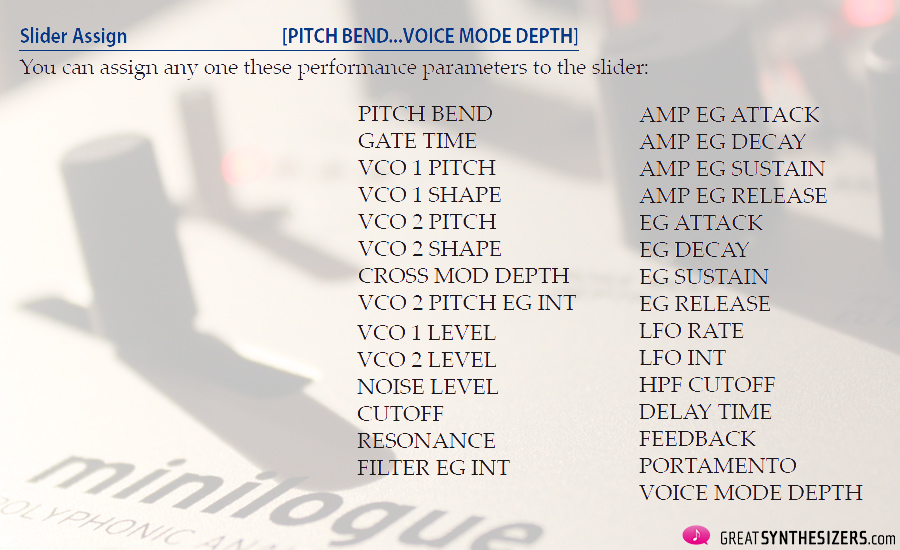
It was an attempt to avoid metallic colorations (and emulate what a deglitching pitch shifter sounds like when it is freaking out), but it also sounded like a huge orchestra warming up. The result was a pitch shifting algorithm that added noise and texture to the feedback loop. The goal was to generate similar artifacts to what a “de-glitched” pitch shifter would produce in a feedback loop with a reverberator, but without performing the costly autocorrelation analysis that the deglitching pitch shifters used. Later on, I conducted research into early pitch shifting techniques ( as detailed in earlier blog posts) and developed a simple yet effective algorithm for pitch shifting. The pitch shifter I used at the time produced decent results. The pitch shifting Eno trick was one that I had first tried back in 2004. Add some randomized modulation to each of the diffusors, and the result was an ethereal, ghostly soundscape.

In other words, the reverb would slowly fade in, and then slowly fade out.

Without getting into the messy scientific details, the effective result was that, as the number N of cascaded diffusors increased, the attack and decay characteristics of the reverb changed from an exponential decay towards a bell, or Gaussian, curve. It turned out that I had run into an artifact of what is known as the Central Limit Theorem. It did, but it had a really weird effect: As the number of diffusors increased, the reverb decay started to sound less and less like a “real” acoustic space, and more and more like some weird spooky backwards thing. I was expecting that using much larger numbers of cascading diffusors would increase the echo density of the algorithm. In 2006, I experimented with extending Schroeder’s early reverberator structure to much higher orders. At the time, the computation power available on the mainframe computers Schroeder was using limited the complexity of his algorithms. Schroeder, in his earliest AES paper on the subject, described a “colorless” reverberator, based upon cascaded diffusor (allpass) delays.

ValhallaShimmer has its roots in the earliest digital reverberation algorithms, as described by Mannfred Schroeder in 1961.


 0 kommentar(er)
0 kommentar(er)
